Home Office Interior Design Guide
Creating a productive and inspiring workspace at home is more crucial than ever. Whether you’re a freelancer, entrepreneur, or simply someone who works from home part-time, your home office interior significantly impacts your productivity, creativity, and overall well-being. At cartlab.web.id, we understand the importance of a well-designed home office, and this comprehensive guide will equip you with the knowledge and inspiration to create the perfect space for you. We offer a wide range of furniture and design solutions to help you realize your ideal home office, so be sure to explore our website for further inspiration and products.
A well-designed home office interior isn’t just about aesthetics; it’s about functionality, comfort, and a space that fosters focus and creativity. This guide delves into the key aspects of designing a home office that promotes productivity and enhances your work-life balance. We’ll explore everything from choosing the right location and furniture to incorporating elements of design that boost your mood and motivation.
This article will walk you through the process step-by-step, providing practical advice and actionable tips to help you transform your workspace from a cluttered corner to a haven of productivity. From selecting the perfect desk and chair to incorporating effective storage solutions and thoughtful lighting, we’ll cover it all. Let’s begin!

1. Choosing the Right Location and Layout
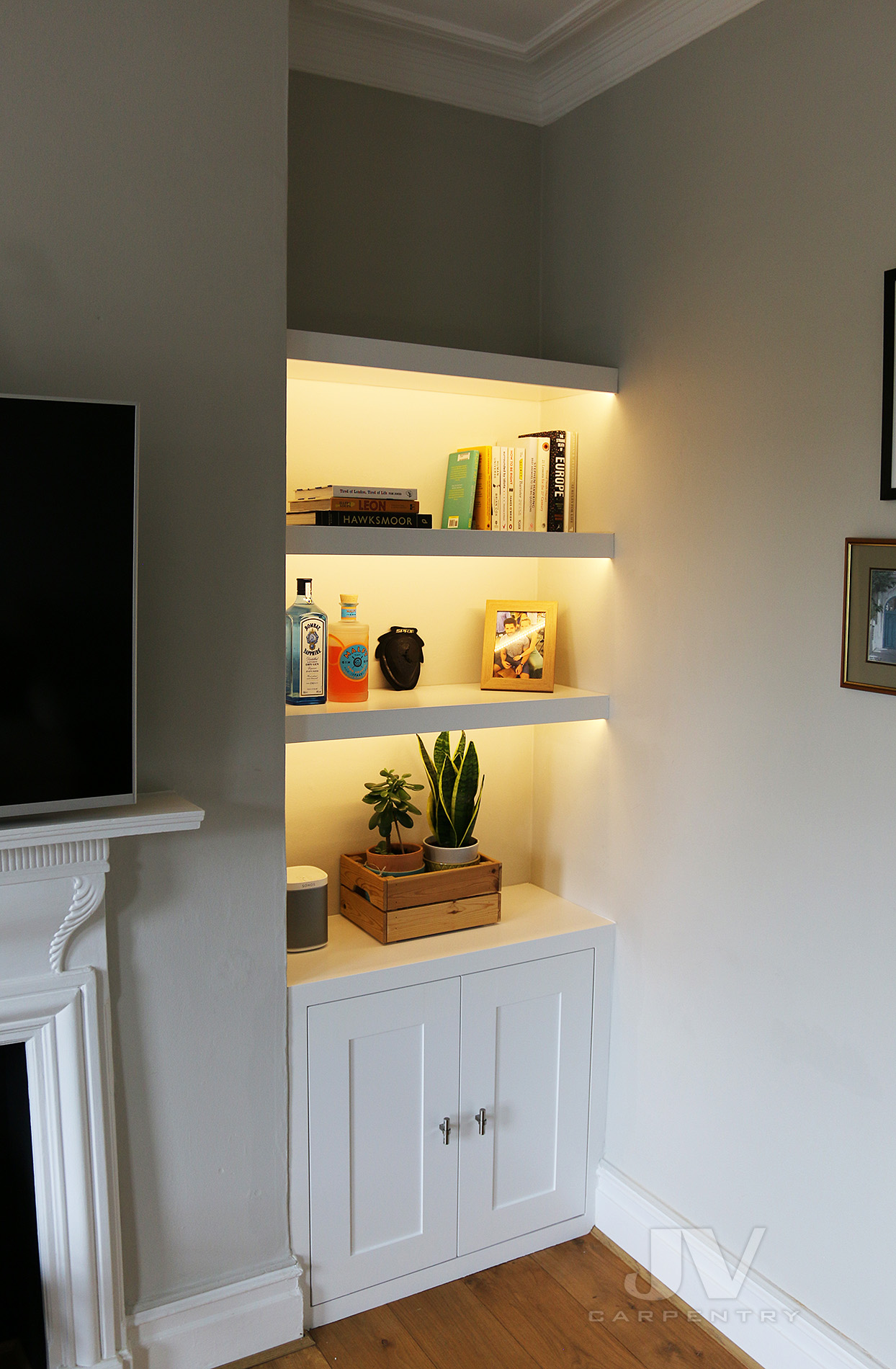
The location of your home office is paramount. Consider the following factors when selecting a space:
-
Natural Light: A space with ample natural light is crucial for boosting mood and reducing eye strain. Aim for a room with large windows facing east or south for optimal sunlight exposure. This article on maximizing natural light offers additional tips.
-
Quiet and Privacy: Choose a location away from high-traffic areas of your home to minimize distractions. If possible, select a room that offers a degree of sound insulation.
-
Space and Functionality: Assess the available space and plan the layout to ensure efficient workflow. Consider the placement of your desk, storage, and other essential elements to optimize your workspace. Avoid overcrowding the area.
-
Temperature and Ventilation: Ensure proper temperature regulation and ventilation to maintain a comfortable and productive work environment. Poor ventilation can lead to fatigue and decreased productivity.
-
Connectivity: Ensure reliable internet access and sufficient power outlets. Consider adding additional power strips if necessary.
Once you’ve selected the location, carefully plan the layout. Consider using a floor plan to visualize the arrangement of your furniture and equipment. Experiment with different arrangements until you find the one that best suits your work style and needs. For example, a U-shaped desk configuration can provide ample work surface and storage, while an L-shaped desk can maximize corner space.
2. Selecting the Right Furniture: Ergonomics and Style

Investing in ergonomic furniture is crucial for your physical well-being and productivity. A poorly designed workspace can lead to back pain, neck strain, and other health problems.
-
Chair: Choose an ergonomic chair with adjustable height, lumbar support, and armrests. Look for chairs with breathable fabric to prevent overheating. Consider a chair that promotes good posture and allows you to sit comfortably for extended periods.
-
Desk: Select a desk that is the appropriate height for your chair and provides sufficient workspace. Consider a standing desk to promote movement and improve posture. This article on standing desks explores the benefits of incorporating standing desks into your workspace.
-
Storage: Invest in storage solutions that help you keep your workspace organized and clutter-free. Utilize drawers, shelves, cabinets, and other storage options to keep your supplies and documents organized. A well-organized space promotes focus and reduces stress.
-
Monitor placement: Position your monitor at arm’s length and slightly below eye level to prevent neck strain. Consider a monitor arm to adjust the height and angle of your monitor.
Beyond ergonomics, consider the style of your furniture. Choose pieces that complement your personal style and create a workspace that you enjoy spending time in. Consider the overall aesthetic you want to achieve – modern, minimalist, traditional, or eclectic – and select furniture that reflects this style. Check out Cartlab’s extensive furniture collection for inspiration.
3. Lighting and Ambiance: Creating a Productive Atmosphere
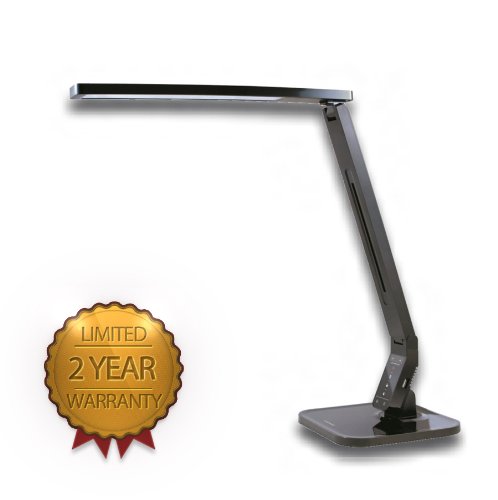
Proper lighting is essential for creating a productive and comfortable workspace.
-
Natural Light: Maximize natural light by positioning your desk near a window. Use sheer curtains or blinds to control the amount of sunlight entering the room.
-
Task Lighting: Use a desk lamp to provide focused light on your work surface. Choose a lamp with adjustable brightness and color temperature.
-
Ambient Lighting: Use overhead lighting or floor lamps to create a soft, ambient glow. Avoid harsh overhead lighting, which can cause eye strain and headaches.
-
Color Temperature: Consider the color temperature of your lighting. Cooler light (around 5000K) is ideal for focused work, while warmer light (around 3000K) is better for relaxation.
Beyond lighting, consider other elements that contribute to the ambiance of your workspace. Plants can add life and freshness to the room, while artwork or personal mementos can make the space feel more inviting and personal. Consider incorporating elements that inspire you and create a positive and energizing atmosphere.
4. Organization and Storage: Maximizing Space and Efficiency

A well-organized workspace is crucial for productivity. Clutter can be distracting and overwhelming, hindering your ability to focus.
-
Desk Organization: Use desk organizers, trays, and other tools to keep your work surface clutter-free. Keep only essential items on your desk.
-
Vertical Storage: Utilize vertical space with shelves and cabinets to maximize storage capacity. Store frequently used items within easy reach.
-
Filing System: Implement a filing system for documents and papers to keep them organized and easily accessible. Consider using both physical and digital filing systems.
-
Cable Management: Keep cables organized and out of sight using cable ties, sleeves, or other cable management solutions. This improves the overall appearance of your workspace and prevents tripping hazards.
-
Regular Decluttering: Make it a habit to declutter your workspace regularly. Get rid of items you no longer need or use. A clean and organized space promotes focus and reduces stress.
5. Technology and Connectivity: Ensuring Seamless Workflow
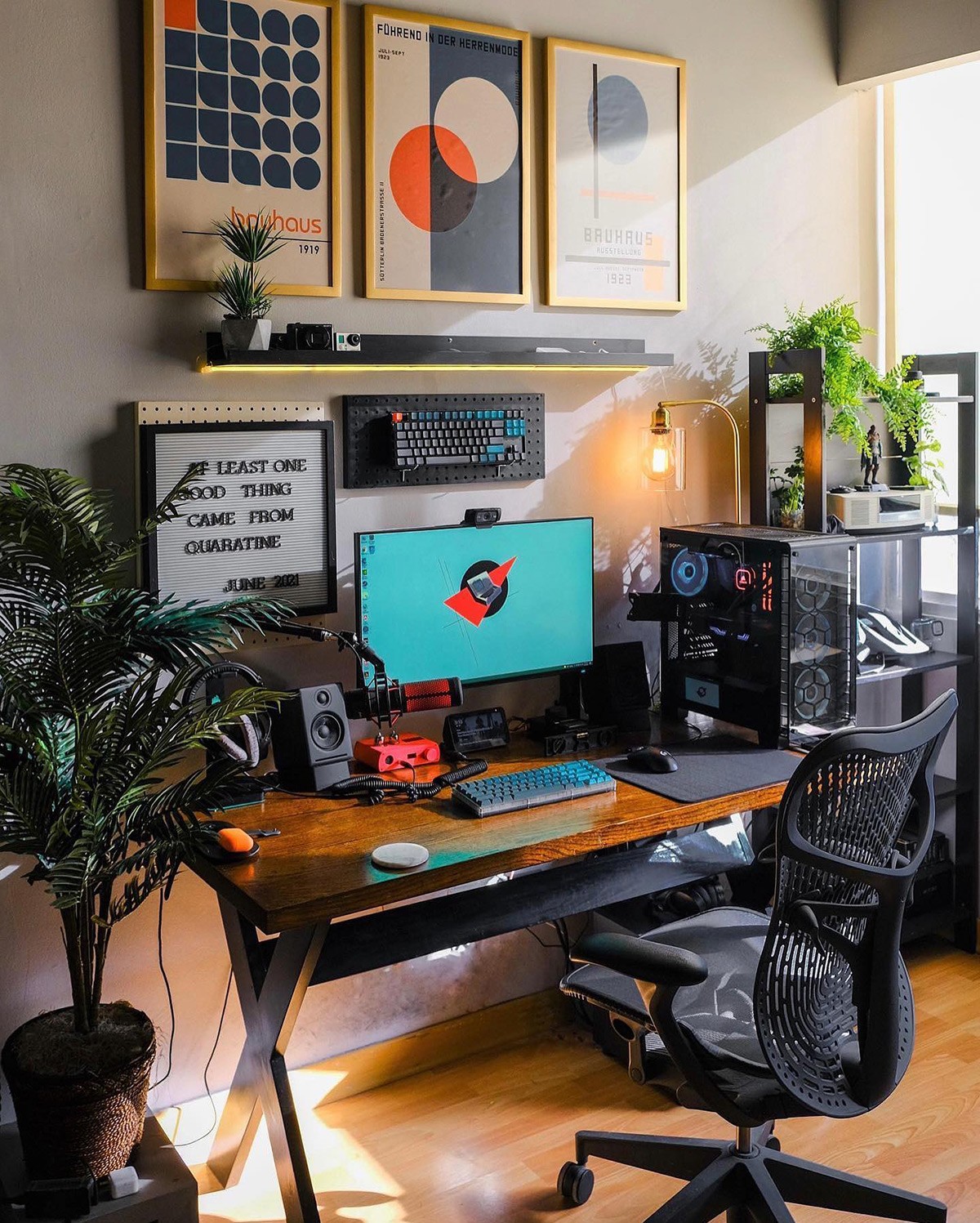
In today’s digital age, technology plays a crucial role in a productive home office.
-
High-Speed Internet: Ensure you have a reliable high-speed internet connection. Consider a dedicated internet line for your home office if necessary.
-
Computer and Peripherals: Invest in a powerful computer with sufficient storage and processing power. Choose ergonomic peripherals such as a keyboard, mouse, and monitor.
-
Printer and Scanner: A printer and scanner can be essential for handling documents and paperwork. Consider a multi-function printer that combines printing, scanning, and copying capabilities.
-
Software and Applications: Use productivity software and applications to streamline your workflow. Consider cloud-based storage solutions to access your files from anywhere.
-
Ergonomic Setup: Ensure that your technological setup is ergonomic to prevent strain and discomfort. Position your monitor, keyboard, and mouse correctly to promote good posture.
Remember to regularly update your software and hardware to ensure optimal performance and security. Consider investing in a UPS (Uninterruptible Power Supply) to protect your equipment from power outages. For further assistance in choosing the right technology, consult our guide to choosing the perfect tech for your home office.
Conclusion
Designing your ideal home office interior is an investment in your productivity, well-being, and overall success. By carefully considering the elements discussed in this guide – location, furniture, lighting, organization, and technology – you can create a workspace that is both functional and inspiring. Remember to personalize your space, reflecting your individual style and preferences. This guide provides a solid foundation; remember to adapt these principles to your specific needs and preferences. For further assistance and resources, visit our comprehensive guide: Home Office Interior Design Guide and start creating your dream home office today!


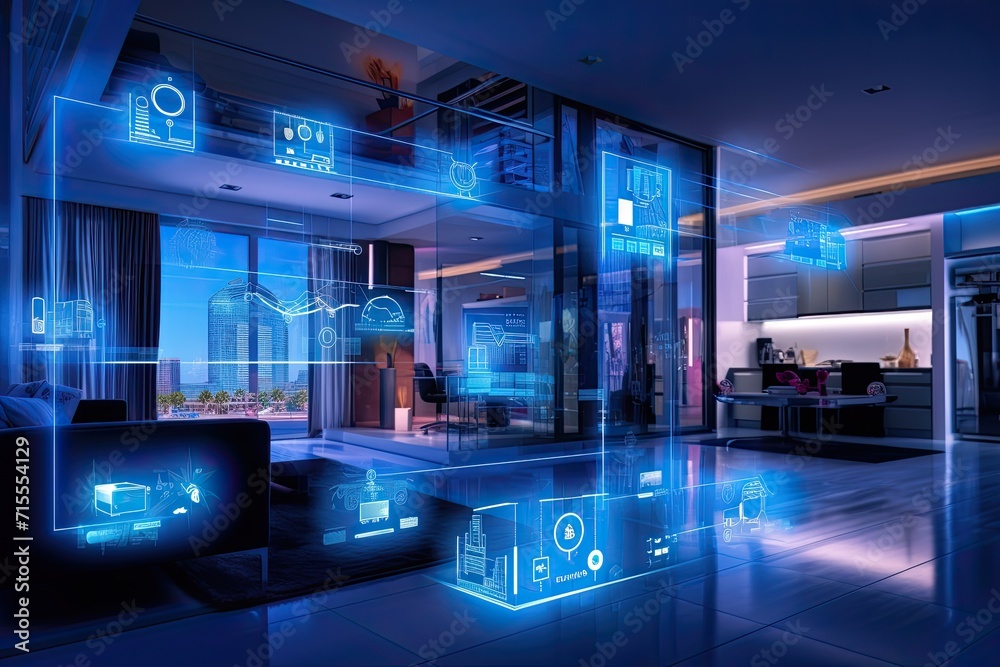
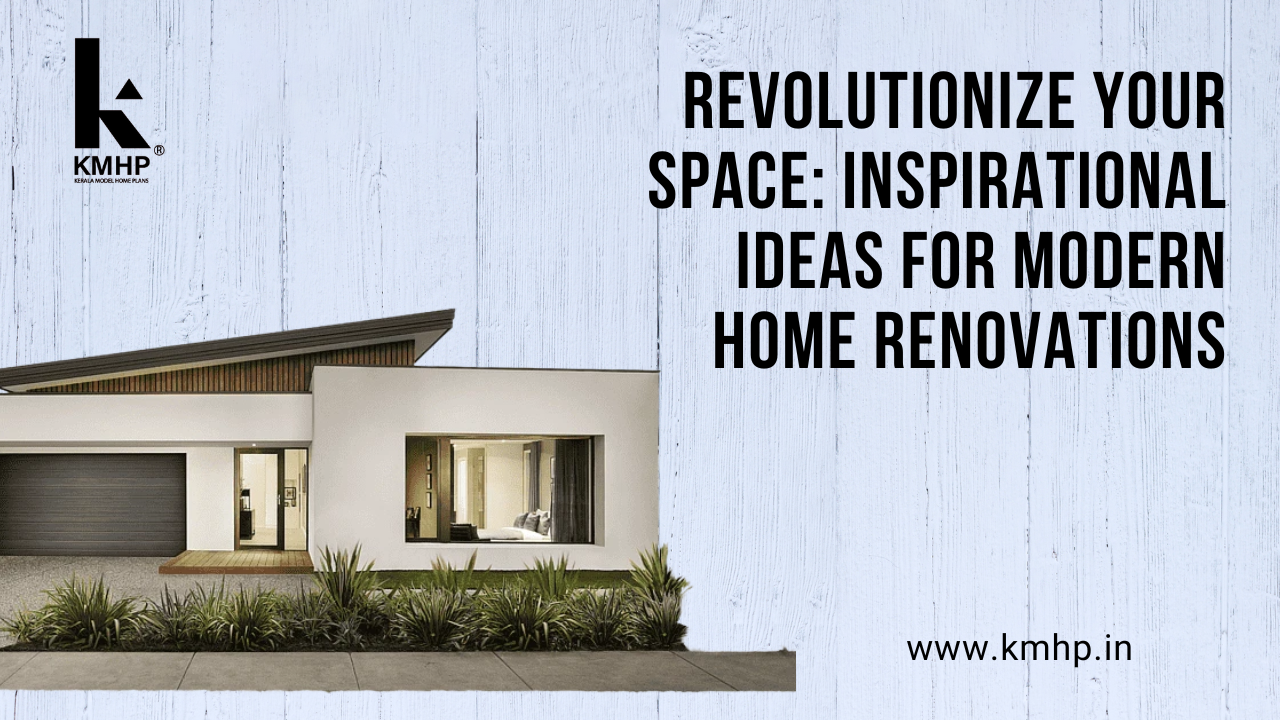


Comments